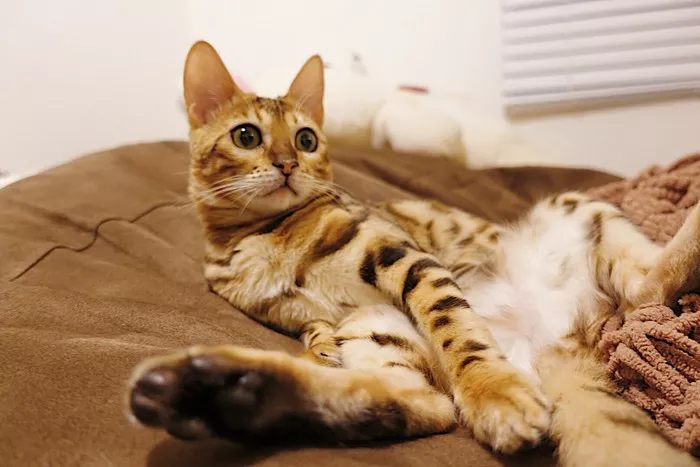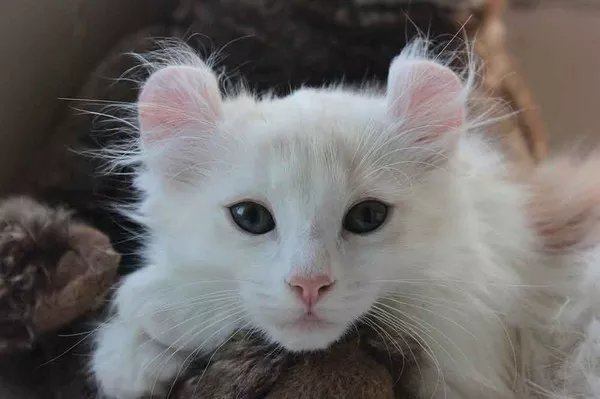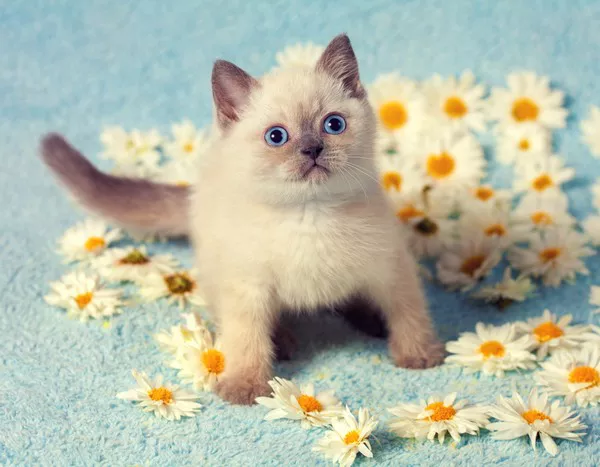Bengal cats are celebrated for their wild appearance, vivid coat patterns, and playful personalities. These exotic-looking felines are a hybrid breed, originating from the crossbreeding of domestic cats with the Asian leopard cat. As Bengal cats become cherished members of many households, their owners often wonder about their expected lifespan when kept indoors. In this article, we will explore the factors that influence the longevity of indoor Bengal cats and provide insights on how to ensure they live a long, healthy, and fulfilling life.
Understanding Bengal Cats
Before diving into the factors affecting their lifespan, let’s get acquainted with Bengal cats’ distinctive characteristics:
1. Appearance:
Bengal cats are known for their striking appearance, which often includes marbled or spotted coat patterns resembling those of wild leopards. They have a sleek, muscular body, large expressive eyes, and a prominent chin.
2. Personality:
Bengal cats are energetic, intelligent, and highly active. They are renowned for their love of play and interaction with their human companions. Their curious nature and affinity for water also set them apart.
3. Coat:
Their soft, short fur requires minimal grooming compared to long-haired breeds. The coat’s patterns and colors can vary, with the most recognizable being brown-spotted Bengals.
Factors Affecting Bengal Cat Lifespan
Several factors influence the lifespan of an indoor Bengal cat. These factors include:
1. Genetics:
Genetics play a significant role in determining a Bengal cat’s lifespan. Responsible breeding practices aim to minimize hereditary diseases and conditions that can affect longevity.
2. Diet:
A well-balanced diet is essential for Bengal cats’ overall health. Providing high-quality cat food that meets their nutritional needs and monitoring their portion sizes can prevent obesity and related health issues.
3. Exercise and Mental Stimulation:
Bengal cats are active and intelligent, requiring ample exercise and mental stimulation to remain happy and healthy. Engaging them in interactive play and providing toys and climbing structures are essential.
4. Veterinary Care:
Regular visits to the veterinarian for check-ups, vaccinations, and preventive care are critical to monitor your Bengal cat’s health. Early detection of health issues can significantly impact their lifespan.
5. Spaying/Neutering:
Spaying or neutering your Bengal cat not only prevents unwanted pregnancies but can also reduce the risk of certain reproductive-related health problems, potentially contributing to a longer life.
6. Dental Care:
Oral health is often overlooked but can have a significant impact on a Bengal cat’s lifespan. Regular dental care, including tooth brushing and professional cleanings, can prevent dental disease and related complications.
7. Environmental Factors:
Creating a safe and stimulating indoor environment is essential for Bengal cats. Protecting them from outdoor hazards such as traffic, predators, and diseases is crucial to their longevity.
Bengal Cat Longevity
The average lifespan of an indoor Bengal cat typically ranges from 12 to 16 years, with many reaching their late teens or even early twenties when provided with proper care. Bengal cats can live longer than some other breeds due to their robust genetics and the attentiveness of responsible owners.
Tips for Extending Your Bengal Cat’s Lifespan
To ensure your Bengal cat lives a long and healthy life, consider the following tips:
1. Provide a Nutritious Diet:
Consult with your veterinarian to choose the right cat food for your Bengal cat’s age and activity level. Avoid overfeeding and maintain a healthy weight.
2. Regular Exercise:
Bengal cats require daily exercise and mental stimulation. Play with them, provide interactive toys, and create a stimulating indoor environment with climbing structures.
3. Routine Veterinary Care:
Schedule regular check-ups with your vet to catch and address health issues early. Follow your vet’s recommended vaccination and preventive care schedule.
4. Dental Care:
Brush your Bengal cat’s teeth regularly and consider dental treats or toys designed to promote oral health.
5. Spaying/Neutering:
If you do not plan to breed your Bengal cat, consider spaying or neutering to reduce the risk of certain health problems.
6. Safe Indoor Environment:
Ensure your home is safe and free from hazards that could harm your cat. Use window screens or guards to prevent accidents and provide a stimulating indoor environment with toys and climbing structures.
7. Mental Stimulation:
Bengal cats thrive on mental challenges. Puzzle toys and interactive playtime can keep them mentally engaged and prevent boredom.
8. Socialization:
Consider getting a second cat or a companion animal if your Bengal cat is lonely. They often do well with feline or canine companions.
Conclusion
Bengal cats are extraordinary companions cherished for their unique appearance and lively personalities. By providing them with a loving home, a nutritious diet, regular exercise, and proper veterinary care, you can significantly extend their lifespan. With the right care, an indoor Bengal cat can live a fulfilling life of 12 to 16 years or even more, allowing you to enjoy their spirited and affectionate company for many years to come. Remember, a happy and healthy Bengal cat is likely to reward you with years of companionship and playful antics.


























